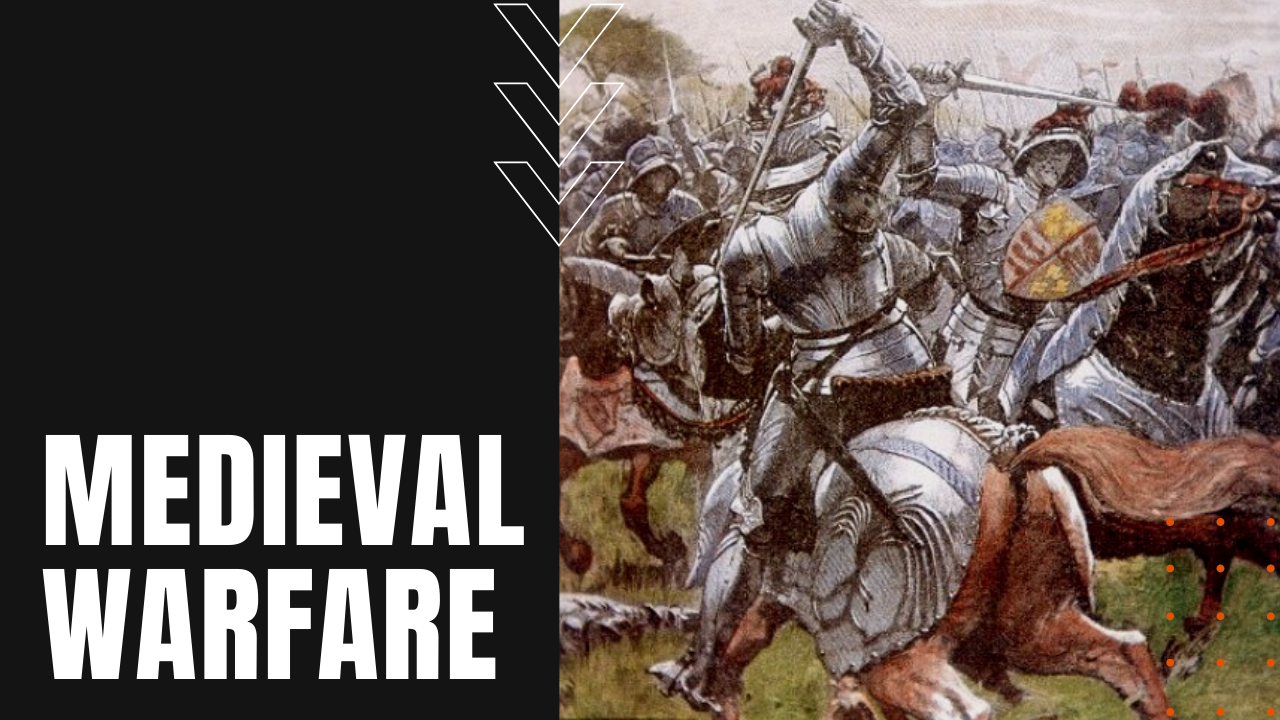Medieval Warfare: History of Conflict During The Middle Ages

Force, Fortune and Fortification
During the Middle Ages, conquering nobility and those who pillaged in the name of fortune—such as the Vikings, Arabs, Mongols, Tartars and Huns—led to the development of castles and defensive walls, which evolved over time due to the advent of siege engines such as battering rams, siege towers, catapults, trebuchets and later fire arms during the 14th century.
After William the Conqueror invaded England in 1066, castles soon militarized the English landscape for the defense of nobles and their courts, witnessing the construction of more than 500 less than 20 years after the Norman invasion.
During the period, nearly all major cities constructed defensive walls, which employed cisterns, warehouses and tunnels to provide water and supplies, should a given city come under protracted siege by foreign invaders.
Knights and Mercenaries
Armored knights and longbowmen proved their worth repeatedly during the Middle Ages, leading to such uneven outcomes as the 1415 Battle of Agincourt, which saw some 10,000 casualties for the French, compared to several hundred for the English. At the same time, armored knights were expensive for a king or queen to maintain, leading to the widespread use of paid mercenaries to fill the ranks of infantries by the early 12th century.
Mercenary-on-mercenary warfare led to relatively bloodless campaigns, which relied heavily on indirect techniques such as supply line disruptions that emphasized chevauchée (Chiv oh shay) or scorched earth tactics, which in turn stripped defending armies and locals alike of the necessary food stocks, shelter and other elemental resources essential to survival in the Middle Ages.
Early Naval Warfare
While naval warfare techniques date back more than 3,000 years, after the development of gunpowder-based firearms in the 14th century, pistols and rifles were frequently employed in ship-to-ship combat, intended to maim, kill or simply stun enemy sailors stationed on open decks and fighting tops.
Once cannons were added to both castles, warships and invading armies, the technological advance altered both naval and siege warfare tactics forever, which in turned widened the geographic scope of European aggression during the Renaissance and the Age of Exploration, making Medieval warfare some of the bloodiest events in man’s unending history of war.
